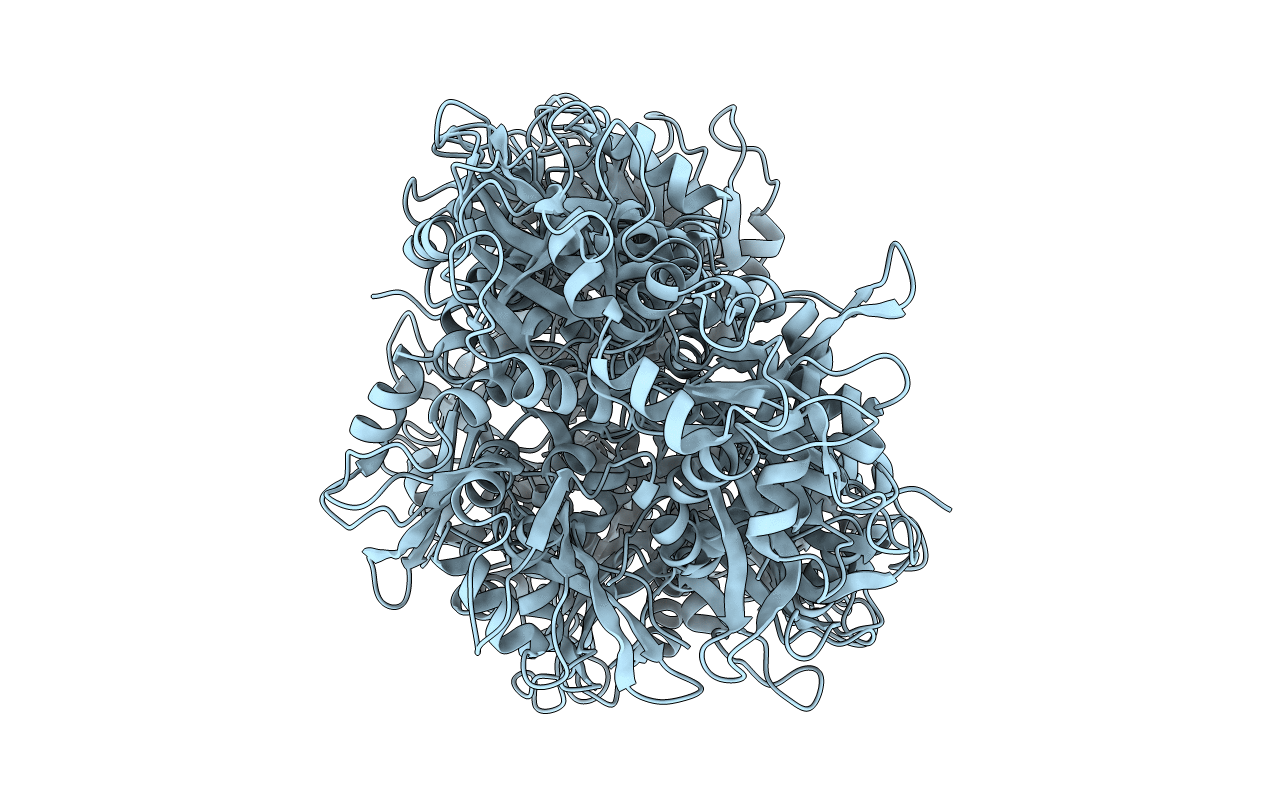
Deposition Date
2003-04-14
Release Date
2003-08-12
Last Version Date
2024-05-22
Entry Detail
PDB ID:
1P1T
Keywords:
Title:
NMR Structure of the N-terminal RRM domain of Cleavage stimulation factor 64 KDa subunit
Biological Source:
Source Organism:
Homo sapiens (Taxon ID: 9606)
Host Organism:
Method Details:
Experimental Method:
Conformers Calculated:
40
Conformers Submitted:
20
Selection Criteria:
The submitted conformer models are the 20 structures with the lowest energy


